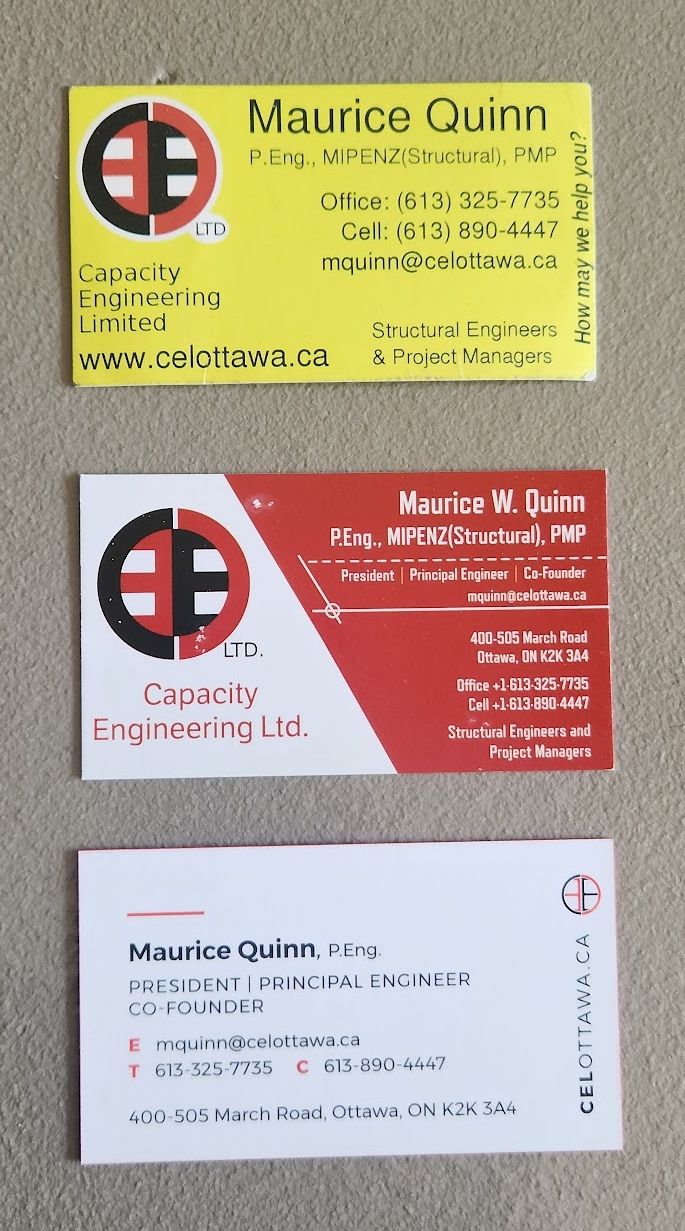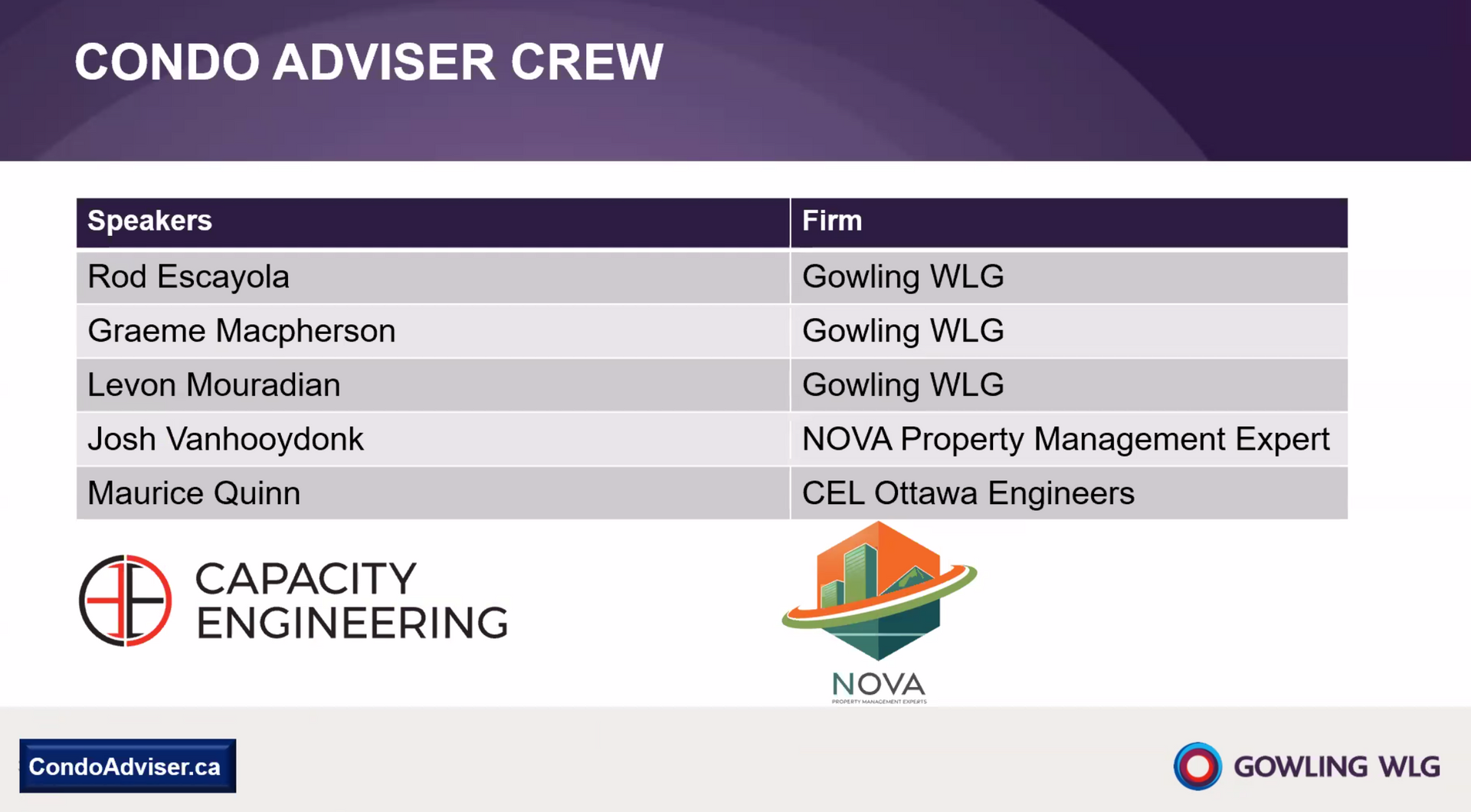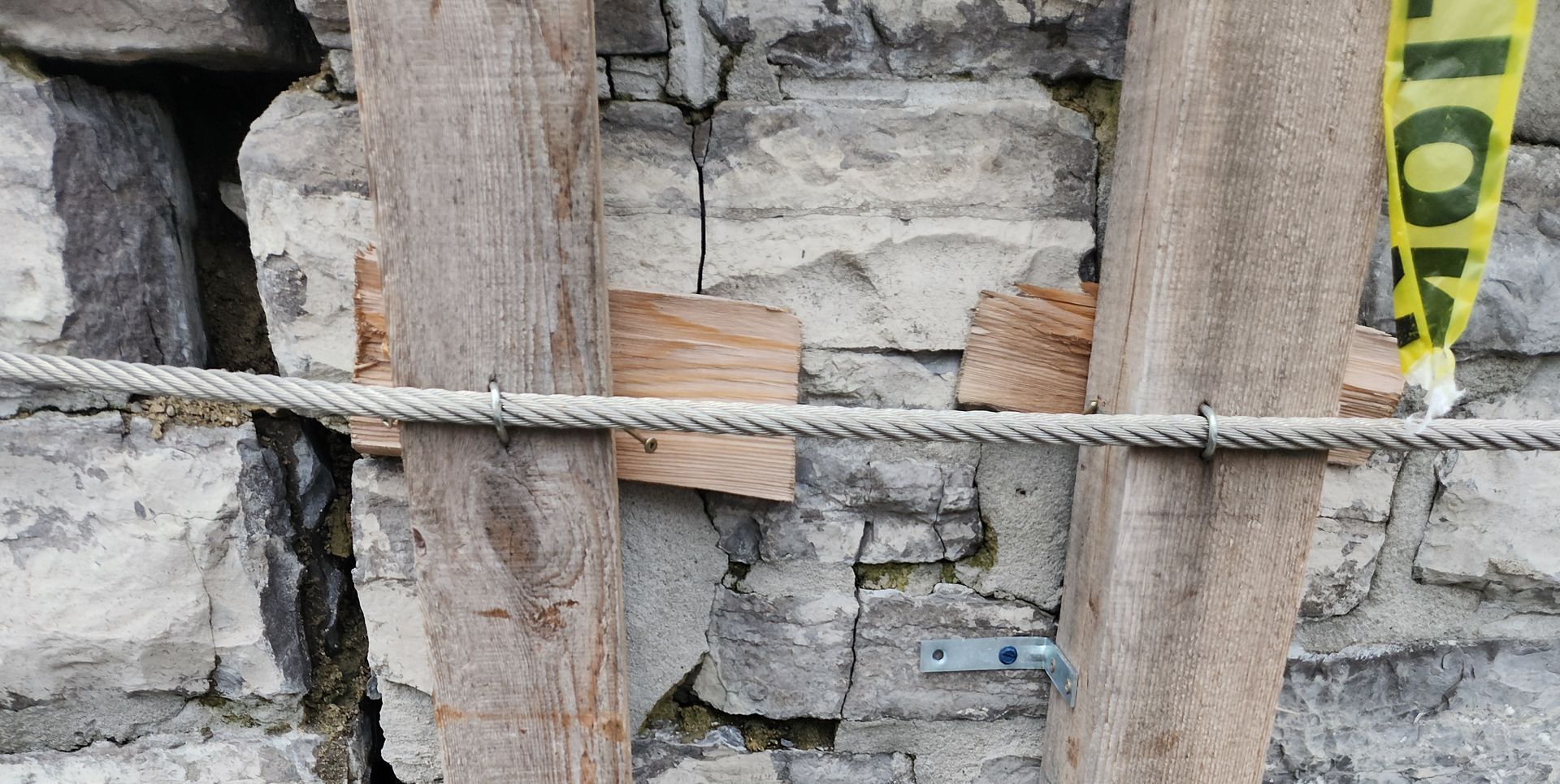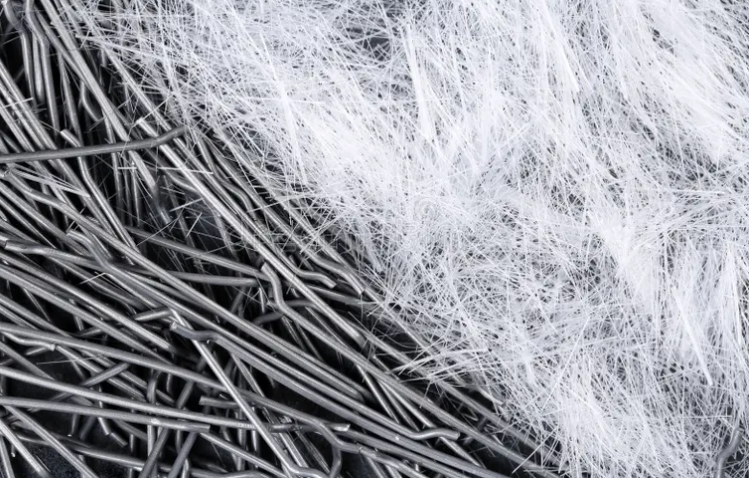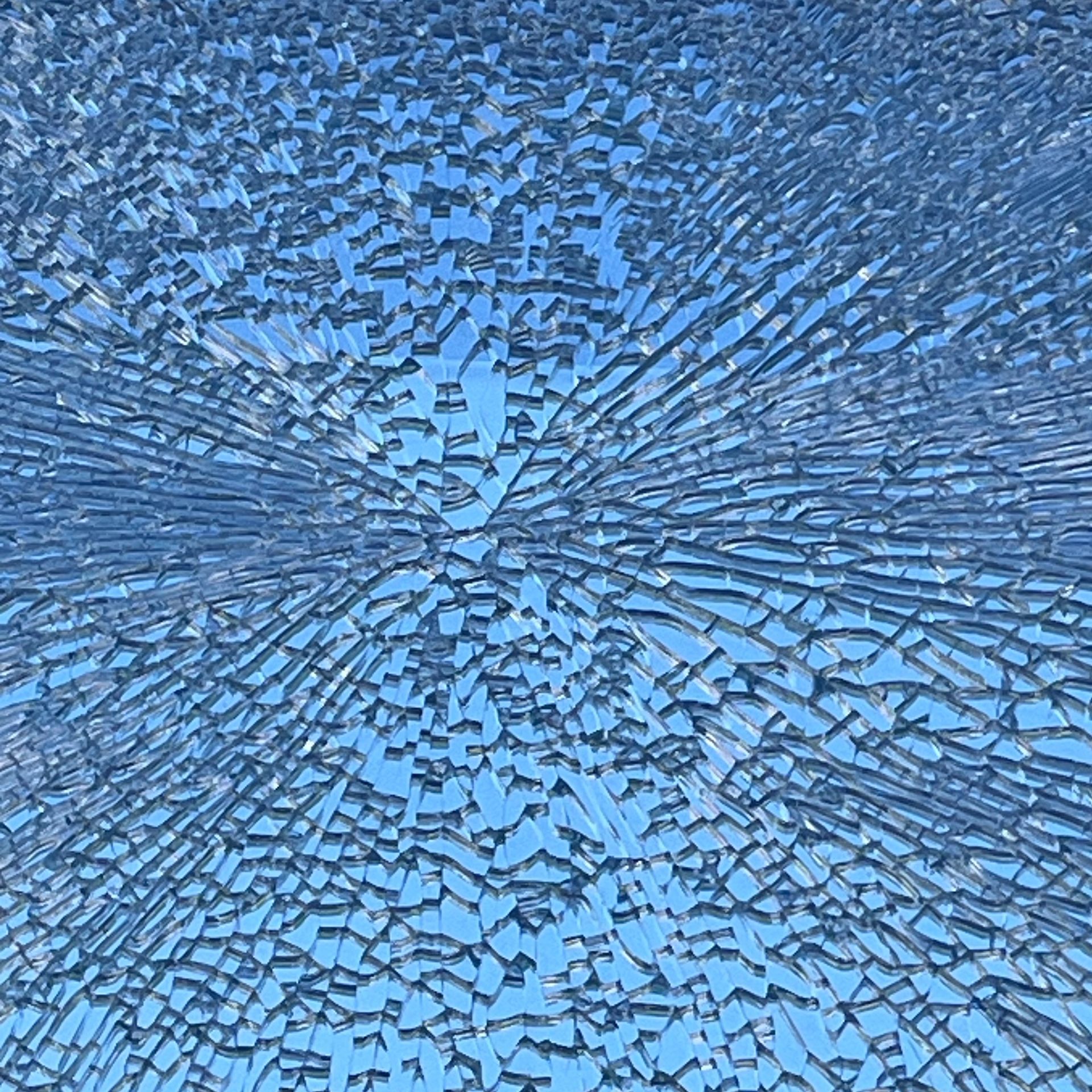Why Are Structural Engineers?
Grammar aside, we do add value and safety...
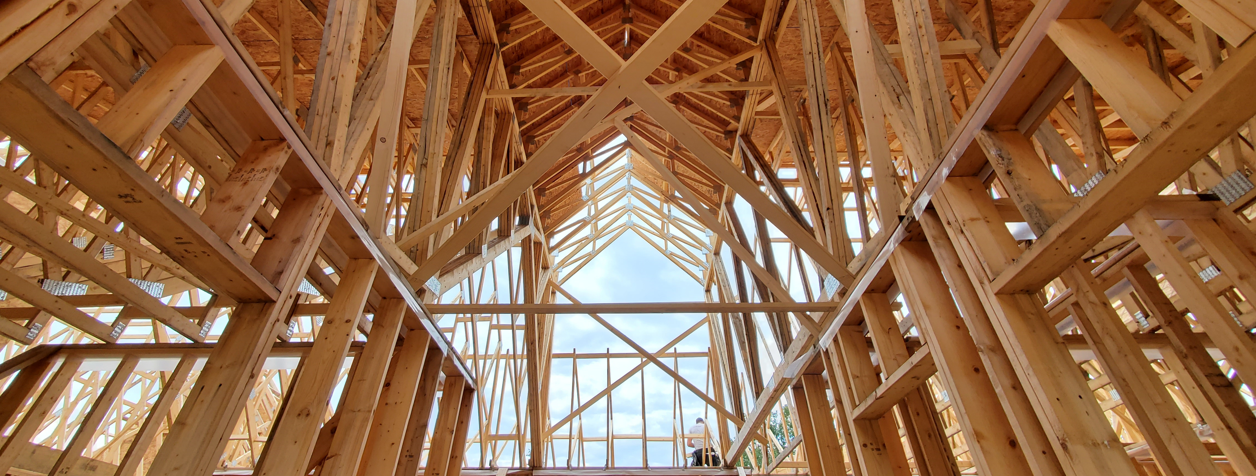
I was interviewed by the Ottawa Construction Association for their careers page. It was an interesting experience, but one of the questions stuck with me, and sent me here to do a little ranting. I was asked to explain what I do, and to treat it as if I were to explain it to my nephew or niece. To explain what a Structural Engineer is, and what my day looks like... While I think that's a reasonable question, it misses a higher level first step. It doesn't include WHY a Structural Engineer is; I'm hoping this blog post does.
Imagine a world where anyone could design and build a house, a skyscraper, or even the bridge you drive across every day... Without having to prove that they have suitable education, training, experience, licensing, insurance, or any other qualification. While it might seem like something out of a nightmare, this was once a reality in Canada. Thankfully, through a series of historical events and a commitment to public safety, Canada has established a robust professional engineering regime, with organizations like Professional Engineers Ontario (PEO) acting as a vital safeguard.
I said in the interview that Architects bring an aesthetic and form to life, that they create a workable space and make the cities we live in really function. I said that they knew things about how to make spaces work and really serve people that are far outside of my ken. I said that I respect what they do, and the artistic and professional merit inherent to their field. I also said that I view a core part of my job as supporting their efforts. The truth is, well, that I make people's dreams of space and creation safe and un-deadly. I chose such an ungodly awkward turn of phrase for a reason:
The reason Structural Engineers are is that people die when they aren't.
Licensing and training for engineers, with robust enforcement from a licensing body, and the enforcement of sensible minimum levels of education, training, and experience are strictly enforced and necessary to practice engineering in Ontario and more generally in Canada. This wasn't always the case. Disasters throughout history, from bridge collapses to building failures, have taught our society that a gate keeper to the professional is necessary; that the unqualified and insufficiently experienced producing designs can lead to tragedy. It is the disasters which highlighted the dangers of unqualified individuals undertaking structural engineering work.
In Ontario, this crucial step came with the establishment of Professional Engineers Ontario (PEO) by an act of the legislature. PEO sets the standards for education, experience, and ethics that engineers must meet to practice. This is self-regulation, overseen by the provincial government, and ensures that only qualified individuals can hold themselves out as professional engineers. Professional Engineering is not an option, but a mandatory requirement for many structures, and all major structures. Professional Engineering is a strength, and an asset to our economy. The importance of a strong professional engineering regime goes beyond just having the right qualifications. Safeguarding the unsuspecting public requires a continuous commitment to quality. This means ensuring that engineering education programs are rigorous and up-to-date, reflecting the latest advancements in materials, design principles, and safety. Here again Canada is fortunate to have a well considered and robust system through the Canadian Engineering Accreditation Board (CEAB). CEAB ensures that every university program in Canada which offers engineering training abides by a minimum common standard. Only after this education has been ensured can one obtain a professional engineering license. In order to maintain ongoing competence, the regime in Ontario has added PEAK, a continual professional development program. We welcome this program with great enthusiasm, and look forward to the enforcement of said training. Proper regulation of engineering also necessitates a strong system of professional development for practicing engineers, allowing them to stay current with evolving technologies and best practices.
By prioritizing both the qualifications of engineers and the quality of their education and practice, professional bodies like PEO play a critical role in protecting public safety. A strong professional engineering regime, with organizations like PEO at the helm, acts as the cornerstone of safeguarding the public from the disastrous consequences of bad engineering. It's a system you may have known nothing about, but that takes care of you and your welfare every day. We protect the unsuspecting public, and it is by their very ignorance of us and our skills that we prove our success. The regulatory regime has been built on lessons learned, tragedies that echo to us out of the past, and the memories of which continue to ensure a safer future for all Canadians.
I'll leave you with a favourite quote:
"Engineering is the art of modeling materials we do not wholly understand, into shapes we cannot precisely analyze, so as to withstand forces we cannot properly assess, in such a way that the public has no reason to suspect the extent of our ignorance."
- Dr. A. R. Dykes
